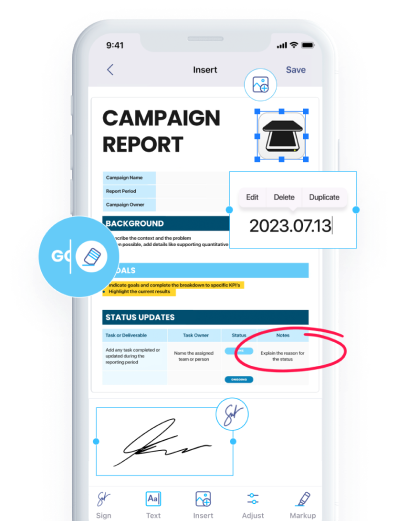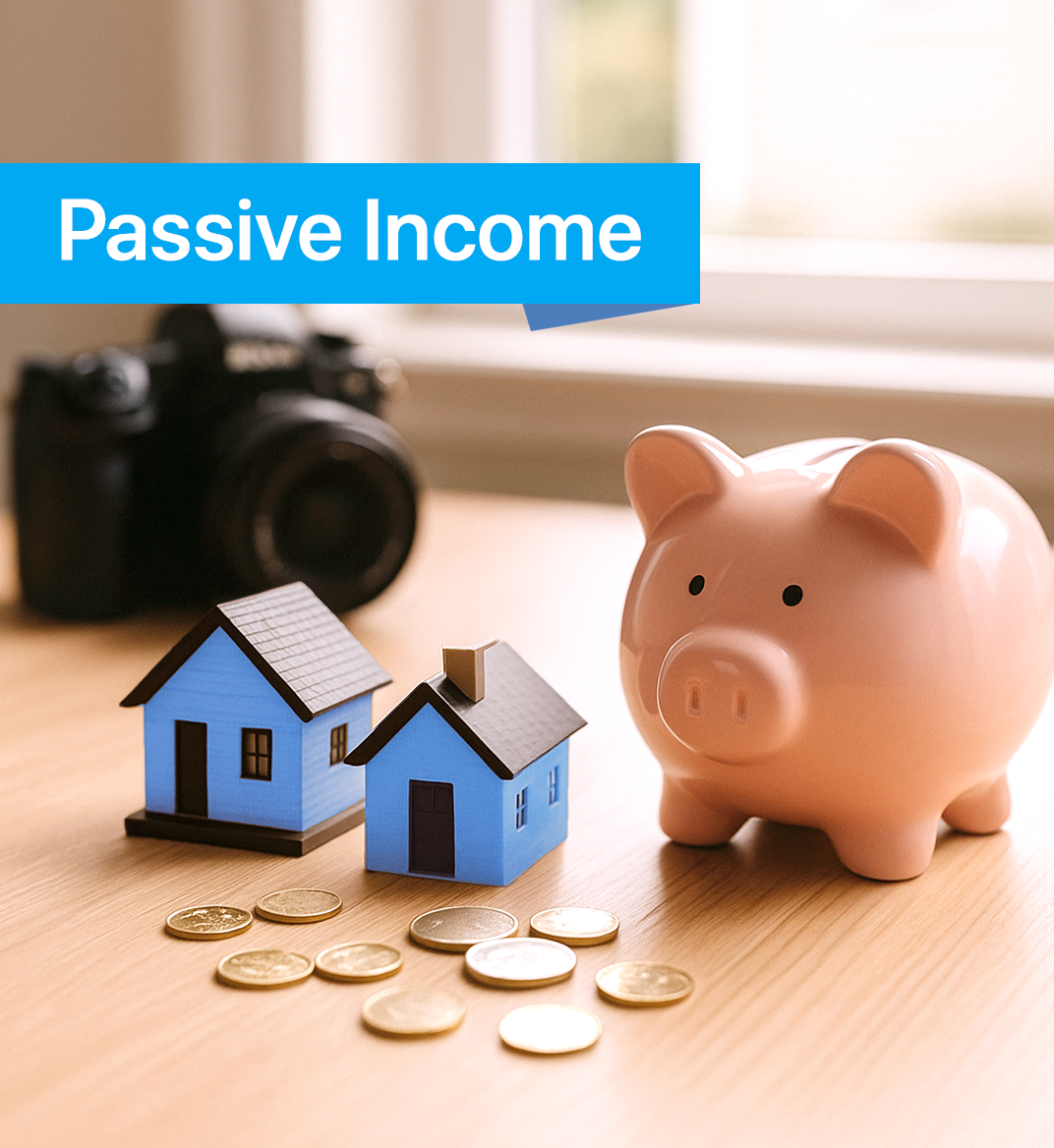

21 jul 2025
There’s hardly a person in the world who would mind earning a couple of extra dollars. And it shouldn’t necessarily be a second job or moonlighting. Passive income is a comparatively less demanding and time-consuming option. Let’s find out what exactly passive income is, ways to make it, and what the risks are.
This text is created to provide general information and inspiration. It’s for informational purposes only and shouldn’t be considered professional advice or a guideline to follow. Anyway, whatever option you choose, you’ll likely need a good document scanner. Whether it’s for applying to an account on one of the platforms mentioned in the text, signing papers, or filling out forms, iScanner will be of help. With the app, you can scan and sign documents for free. And if you’re a premium user, our AI will assist you by reviewing contracts and spotting potential issues to help you avoid mistakes.
According to the Internal Revenue Service (IRS), which is responsible for administering federal tax laws in the USA, passive income comes from two main sources: business activities where you don’t actively manage the business, and rental activities (unless you’re a real estate professional). Passive income can sometimes come in other forms, but the important thing is that it’s not connected to your regular jobs, whether it’s your first, second, or fifth. In other words, it’s income you earn without being actively involved, unlike employment or contract work.
Whether you’re an amateur or an experienced photographer, it’s a great way to combine a hobby with a passive income source. This option involves no financial risks as the only thing you invest is your time.
There are plenty of platforms where you can upload your pictures and earn money by selling them. In fact, you don’t have to do it yourself. The platform will automatically pay you fees, taking a percentage of each sale. Some of the most popular ones are Adobe Stock, Shutterstock, Getty Images, 123RF, Dreamstime, and others.
There are two kinds of photostocks. Macrostocks, which are also called premium, pay more but have much higher quality requirements. On microstocks, it’s much easier to upload your photos, and even though the price is lower, you can sell more copies.
In general, you can earn from 10 cents to $30-40 per sale, depending on the site and the terms.
Tips:
A pro tip:
REIT stands for Real Estate Investment Trust. It’s a company that owns, operates, or finances income-producing real estate.
The idea is that you don’t have to buy and rent property yourself. Instead, you buy shares in a REIT, which earns money from renting places like malls, apartments, and offices, and you get dividends.

Most REITs are called equity REITs. They own and manage properties like apartments or office buildings, making money mainly from the rent tenants pay. There are also mortgage REITs, which don’t own properties but instead lend money to real estate owners through mortgages. They earn income from the difference between the interest they receive and the cost of their own borrowing. Finally, hybrid REITs combine both owning properties and lending money, but after the financial crisis in 2007, they became rare.
Tips:
If you have enough funds, this might be an option for you. It’s been a tried-and-true way to invest for many years, and 2025 isn’t an exception. You can:
Tips:
Crowdlending platforms let businesses borrow money from investors, skipping traditional banks. The idea is to make investments beneficial for both parties. Investors earn interest, and borrowers may get better terms than they would from a bank.
It’s as simple as that. First, borrowers apply for a loan on a crowdlending platform. Then, investors fund it. For instance, if $5,000 is needed, 100 investors could each contribute $50. Finally, investors earn money through interest on the loans. Returns depend on how risky the borrower is. Riskier loans can earn you more money, but the stakes are definitely higher.
Tips:
